"At peak times, we record, on average, 4,000 to 4,800 orders a day. And there’s always surges and spikes – like just before order cutoff time when all of our customers log in at once. And with 8,000 users, as we have in the shop, that can mean a fair amount of traffic. Our shop system must be able to handle this surge in demand."

9 factors to consider while choosing the best E-commerce platform
This Handout will explain the strategies and technologies that you need to adopt to stay ahead and future-proof your digital commerce.

-
What are the new Requirements for E-commerce Platforms?
-
How to enable new Digital Business Models?
-
How to select a platform that enables Multiple Business Models in a single E-commerce platform?
-
How to be efficient and ensure Low TCO?
-
... and 5 other factors
An Error occured while trying to load the form. Please reload the Browser to try it again.
What you need to know about E-commerce Platforms
Drive the transformation of your business and learn how to avoid common mistakes in focus, process execution, and structural alignment. Download this guide to gain clear and concise insights into the most important aspects of digitization.
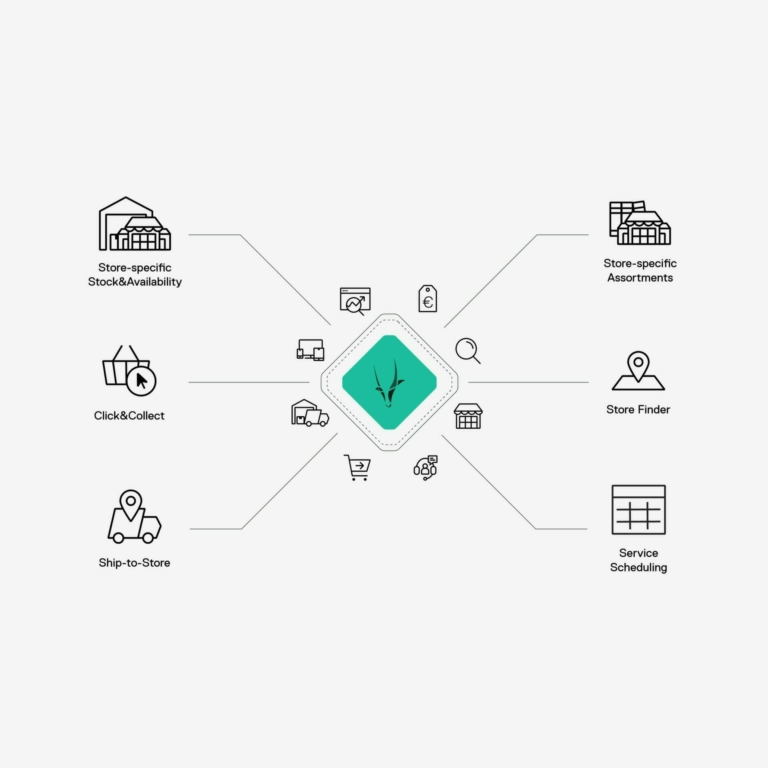
-
What is headless commerce?
Headless commerce is an approach to e-commerce architecture that decouples the front-end and back-end of a web store, allowing businesses to use different technologies and tools for different parts of their e-commerce platform. This can help improve flexibility, scalability, and customization options.
- Headless commerce separates the front-end and back-end components of an e-commerce platform.
- The front-end and back-end communicate through APIs, which allows for greater flexibility and customization.
- Businesses can use different tools and technologies for each component, enabling them to easily add or remove features without disrupting the entire system.
- Headless commerce allows businesses to provide a seamless, personalized user experience across different channels and devices.
- This approach can help businesses stay agile and adapt to changing market needs.
-
What is composable commerce?
Composable commerce is a newer approach to e-commerce architecture that focuses on using modular, interoperable components to build a flexible and scalable e-commerce platform. It allows businesses to assemble and customize their e-commerce stack using best-of-breed solutions and APIs.
Composable architecture might indeed not be right for any business. There are certain aspects to take into consideration:
- Size of the business: small businesses do not have complex business requirements that necessite a composable solution.
- Digital maturity: a well-established digital presence and in-house technical expertise are good indicators that a business will benefit from a composable commerce solution. Otherwise, an out-of the-box solution might be a better choice.
- Complexity: a need for the scalability and functionality of composable commerce might fall through if a business has a simple product catalog, doesn’t plan to expand, or operates solely on D2C or B2C.
-
How does headless commerce differ from composable commerce?
Headless commerce and composable commerce share some similarities, such as a focus on flexibility and customization. However, headless commerce typically refers to the decoupling of the front-end and back-end, while composable commerce refers to the use of modular, interoperable components to build an e-commerce platform.
-
What are some benefits of using headless commerce and composable commerce?
Both headless commerce and composable commerce can offer several benefits to businesses, including greater flexibility, scalability, and customization options. They can also allow for faster development and deployment of new features and functionality, and can make it easier to integrate with other systems and tools.
- Customization: Headless commerce allows businesses to create custom, unique front-end experiences without being limited by the pre-built templates of traditional platforms.
- Scalability: Headless commerce is highly scalable and can handle large volumes of traffic, transactions, and orders, making it ideal for fast-growing businesses.
- Omnichannel Experience: Composable commerce allows businesses to offer a seamless, omnichannel experience to their customers, as they can easily integrate multiple channels such as web, mobile, social media, and voice assistants.
- Improved Time-to-Market: With a headless approach, businesses can bring new products and features to market faster since they can easily add new services and functionalities without disrupting the core system.
- Cost-Effective: Headless and composable commerce enables businesses to reduce development and maintenance costs as they can reuse existing back-end systems and focus on building the front-end user experience.
-
Why is Spryker an ideal choice for an E-commerce platform?
Spryker is an ideal choice for a Digital Commerce platform for several reasons:
- Flexibility and Customization: Spryker’s modular architecture enables businesses to tailor their e-commerce platform to meet their unique requirements. Its flexible design allows for seamless integration with various third-party systems, ensuring smooth operations across diverse digital commerce processes.
- Scalability: Spryker is designed to support the growth of your business, handling increased traffic, larger product catalogs, and expanding customer bases with ease. As your digital commerce needs evolve, Spryker can scale to accommodate the growing demand while maintaining a seamless experience for your customers and team.
- Feature-rich Platform: Spryker offers a wide range of features tailored to digital commerce, such as personalized recommendations, targeted promotions, and advanced search capabilities. These features enable businesses to offer an engaging and customized experience to their customers, driving sales and customer loyalty.
- Robust API: Spryker’s powerful API enables seamless integration with critical business systems such as ERP, CRM, and marketing tools. This ensures that all components of your digital commerce ecosystem can communicate effectively, resulting in streamlined and efficient operations.
- Omnichannel Capabilities: With Spryker’s omnichannel capabilities, businesses can provide a consistent and seamless experience to their customers across multiple channels, including web, mobile, and physical stores. This unified approach helps organizations stay competitive in today’s digital landscape.
- Strong Ecosystem and Support: Spryker boasts a robust ecosystem of partners, developers, and resources to help businesses maximize the potential of their platform. From implementation to ongoing support and maintenance, Spryker’s community and support services ensure that your digital commerce platform remains up-to-date and efficient.
- Comprehensive Commerce Suite: Spryker’s Commerce Suite provides an extensive set of tools for managing various aspects of digital commerce, from product information management and order management to customer segmentation and targeted marketing efforts.
In summary, Spryker’s flexibility, scalability, feature-rich platform, robust API, omnichannel capabilities, strong ecosystem, and comprehensive commerce suite make it an ideal choice for businesses looking to build a successful digital commerce platform.
Why choose Spryker's E-commerce Platform?
-
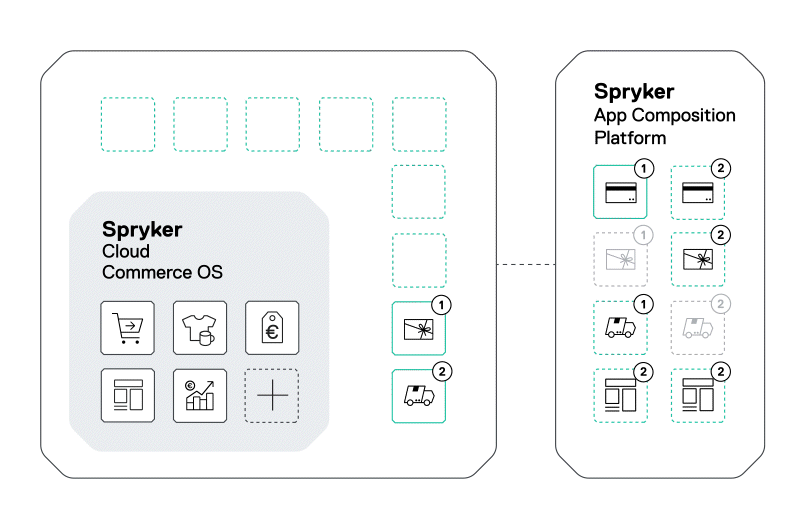
App Composition Platform
Get the full guideTry out 3rd party services in your online business in the most seamless, secure and curated way. With the simple click of a button, connect to payment service providers, search, and other third party integrations – no coding required!
-
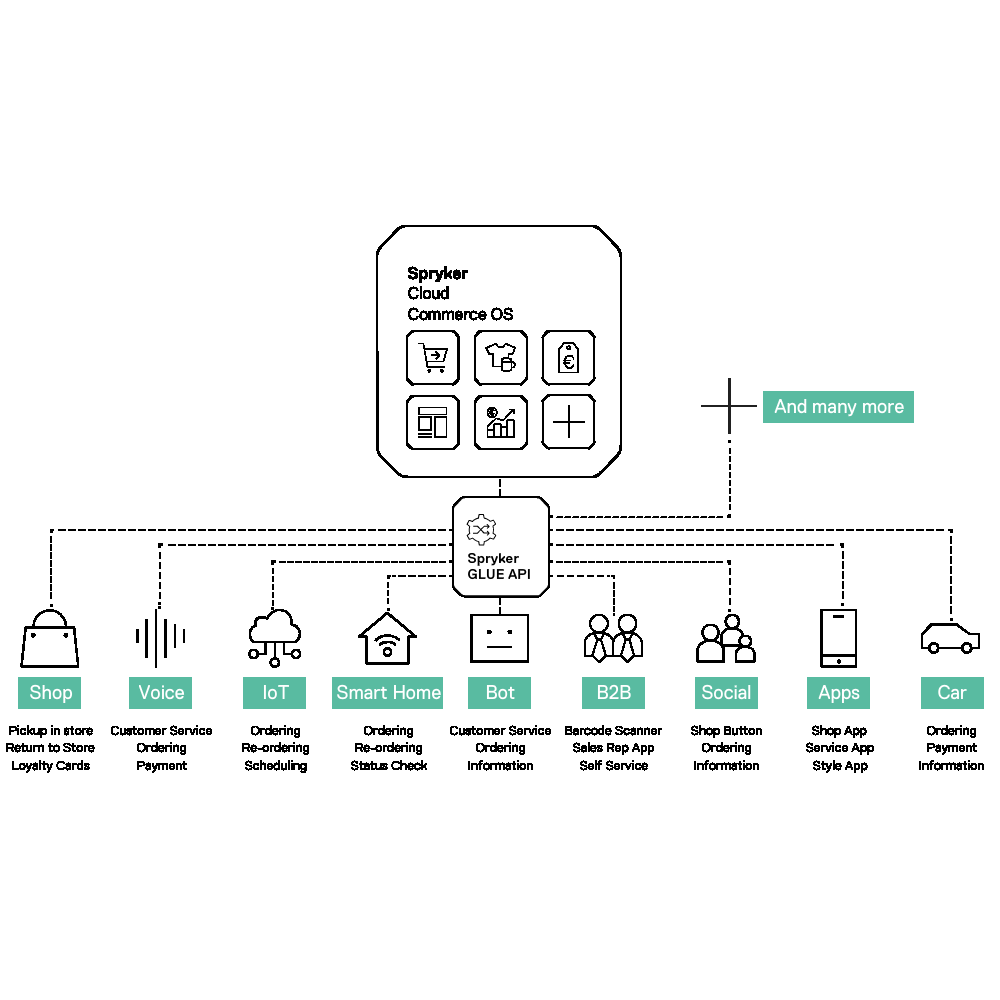
Headless Commerce
Get the full guideThe use of an application programming interface (API) to connect multiple platforms on the front-end, thereby making it easier for developers to create personalized experiences without having to make alterations on the back-end system. By decoupling the back-end functionalities from the front-end, it is easier to release new features that customers can access through multiple channels or storefronts such as mobile, social, wearables, voice assistants, and other IoT devices.
-
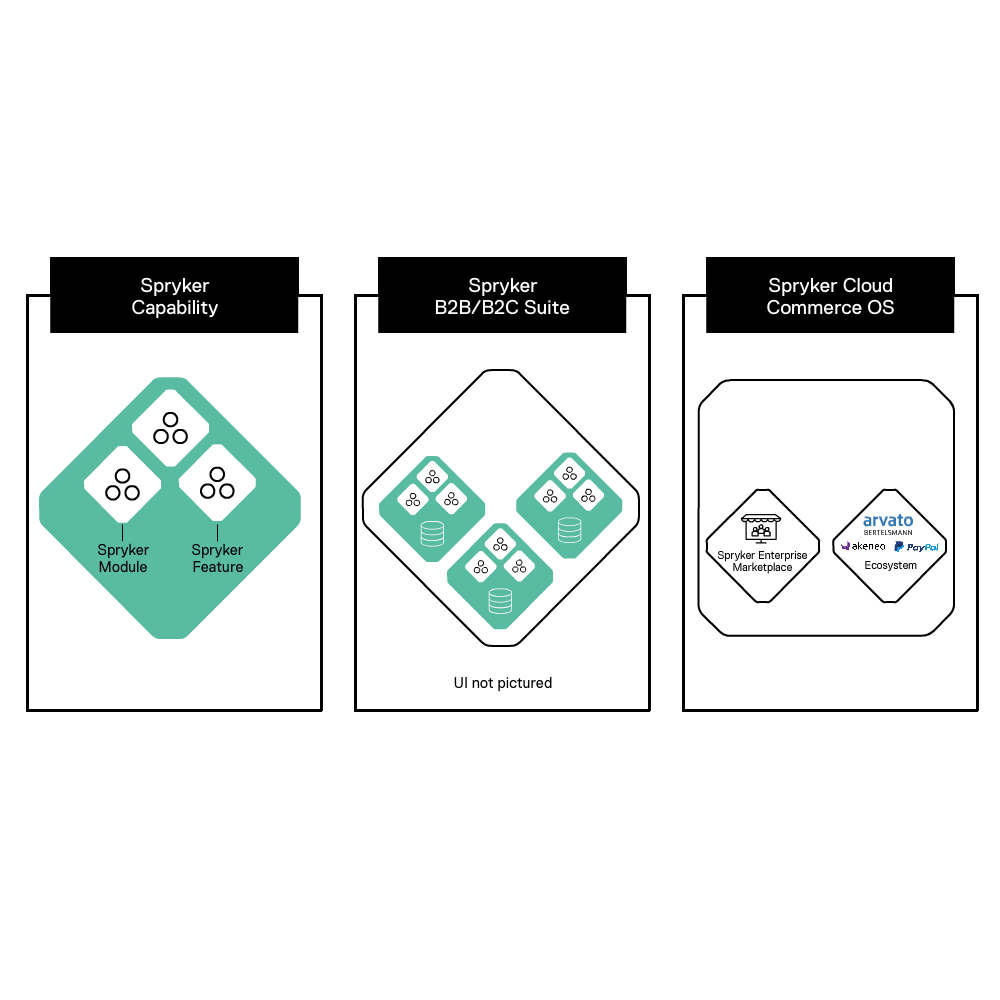
Packaged Business Capabilities
Get the full guidePackaged Business Capabilities, or PBCs, are an assembly of functionalities that are grouped into larger clusters. All functionality should be encompassed within the PBC and no critical dependency to others should be given. Communication between the different PBCs and other systems should work based on an API infrastructure, to maximize speed and security. Compared to known Microservices, PBCs provide better governance by business users compared to costly and complex monitoring by IT experts.
-
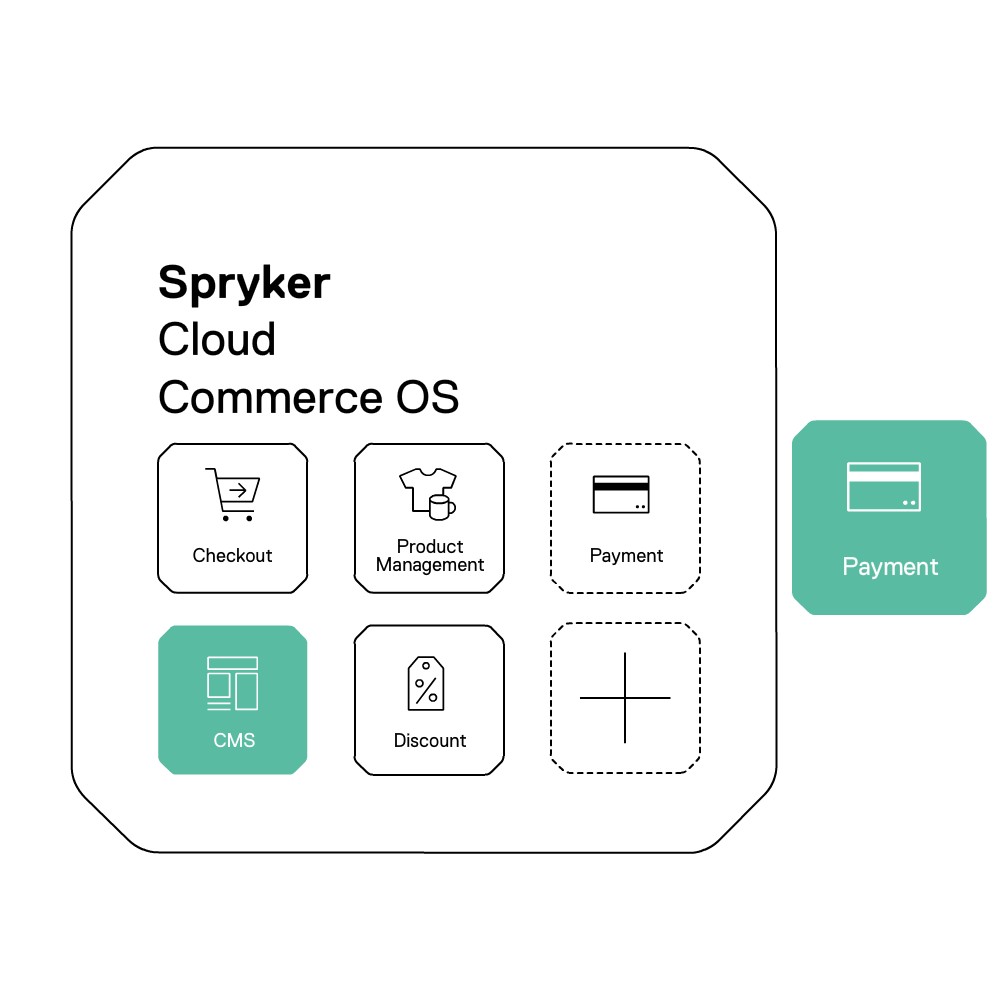
Modular Approach
Get the full guideModularity means updating and adding features, front- or back-ends as needed based on your business needs. Utilize the entire Spryker system, only specific features, or integrate your preferred 3rd party systems, your business is never limited in what you can do or how you can grow. Launch MVP using only necessary features. Add, delete, and test new features easily without downtimes. Developers work in parallel allowing for faster implementation, testing, and better optimization—all for less internal cost

Want to Know More About Spryker's E-commerce Platform?
Visit our Product Portal and find in-depth information regarding all available Spryker products, features and solutions for your business.
E-commerce Capabilities
E-commerce Feature Glossary
Spryker Technology
An Error occured while trying to load the form. Please reload the Browser to try it again.


Learn from Spryker Customers
We accelerate businesses just like yours.
-
-
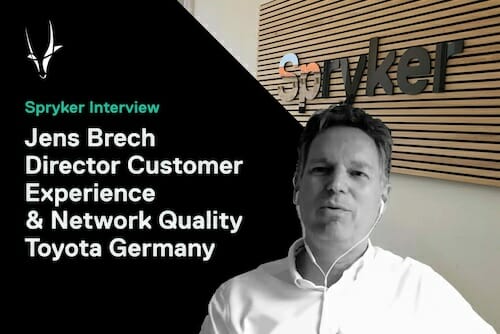
With Spryker, we found a perfect partner who was able to deliver the new e-commerce sales platform that we needed while sticking to the challenging timeline of less than three weeks.

Jens Brech
Director of Customer Experience and Network Quality at Toyota Germany
-
"Throughout our evaluation, Spryker was the one technology fulfilling over 90% of our high-complex use cases from the get-go. And it’s paid off so far!"
Jochen Hostalka
-
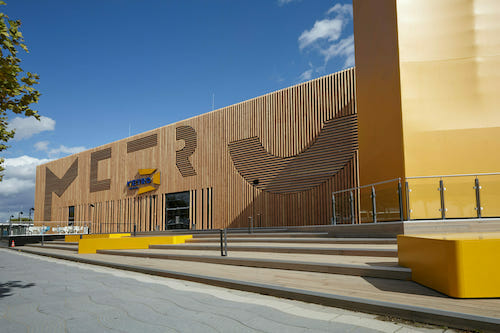
We use the Spryker solution as a front-end tool and connect it to our back-end systems via our APIs. The motivation for this cooperation was to amplify our technology, to scale faster and to provide our customers with this diversified range of functions.

Timo Salzsieder
CIO/CSO at METRO AG and CEO at METRONOM
Read their story ➜ -
We wanted to go beyond the market standard, not just offering a polished e-shop. Our goal was to achieve a one-stop shopping experience for our customers and Spryker delivered on our promise.
Mark Wever
-

We want to become the Amazon for the component trading industry. Customers have been suffering from a lack of transparency for too long. It’s time to remove borders and sell and purchase components through an e-commerce marketplace.

Yashar Shahabi
Senior Vice President Digital Solutions, Sourceability LLC